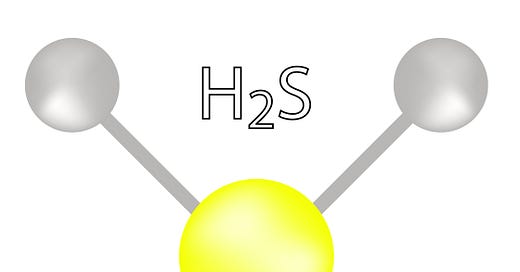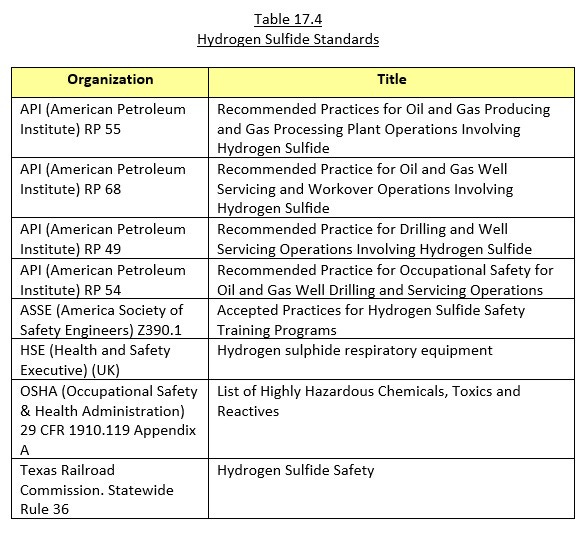Washington D.C. October 11, 2024.
The U.S. Chemical Safety and Hazard Investigation Board (CSB) announced today that it is launching an investigation into a fatal release of hydrogen sulfide at the Pemex petroleum refinery in Deer Park, Texas, which occurred yesterday, October 10. Two contract workers died as a result of the release, and an additional 13 workers reportedly were transported to local medical facilities.
Most readers of this blog will be familiar with the hazards of hydrogen sulfide (H2S). Crude oil generally contains significant amounts of mercaptans, which break down to form H2S. Therefore, the gas is commonly found in oil refineries, pipelines and some chemical plants.
In spite of its familiarity, it is worth spending some time reviewing the properties of this dangerous gas. (The following information is taken from the book Plant Design and Operations.)
Hydrogen Sulfide (H2S) is a colorless, flammable and highly toxic gas that is found in a wide variety of oil processing operations, both onshore and offshore. High concentrations of H2S may be present in crude oil, molten sulfur, tank and pit-bottom sludge, and produced water ― all of which may release H2S when agitated, heated, or depressurized. Typical operational activities where personnel may be exposed to H2S include handling and testing samples, gauging tanks and when opening lines and equipment. Comparable maintenance activities include tank cleaning and repair, vessel or sump clean-outs and well maintenance.
Fixed detectors should be provided in high potential H2S areas, including the following:
H2S concentrations in the vapor phase of the contained stream is above 2% by volume.
Flash of a released liquid at atmospheric pressure produces a vapor with more than 2% by volume H2S.
Low-lying, poorly ventilated areas where H2S could accumulate.
Anyone entering an area that might contain more than 10 ppm of H2S should carry a portable Self-Contained Breathing Apparatus (SCBA). If they smell H2S they should don the SCBA and immediately move to a safe, upwind location.
Regulations and Standards
Because H2S is so prevalent in the process industries and because it is so toxic many standards and regulations to do with the gas are available. Some of these are listed in Table 17.4. In addition many companies have developed their own internal standards for the management of H2S.







H2S can be trapped with NaOH solution or Ammonia solution